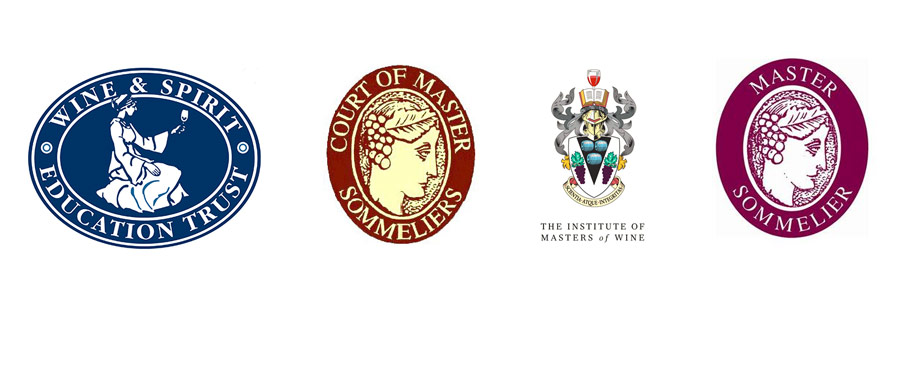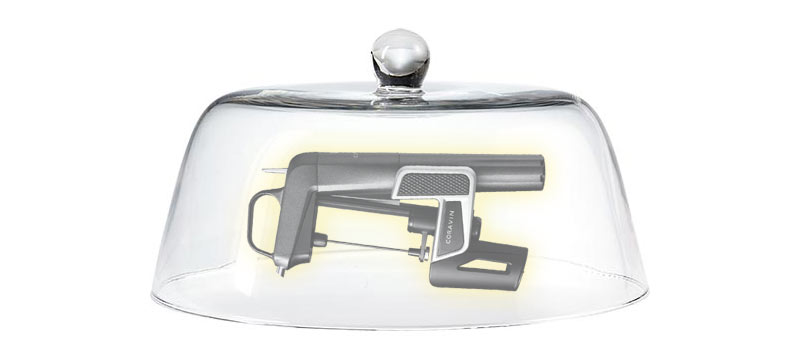Lockdown brought about an exponential increase in my social media screen time to the point of saturation and forced me to re-evaluate the good, the bad and the ugly of both Twitter and Instagram. My conclusion is that these days I mostly spend time on Instagram, as it’s the only kind of social media network that I still find enjoyable. Bye Bye, Trolls I stopped using Facebook a long time ago, and in recent years Twitter has become a bit of a toxic cesspool, populated by trolls and people simply […]


